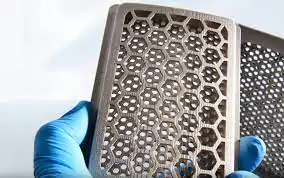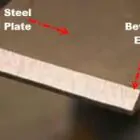MicroStep has made the MicroStep rotator. This rotator combines an oxyfuel torch with the company’s existing rotary bevel head to cut complex shapes. It can cut in thick materials with multiple bevel. The 3D Processing of bevel head can be turned in any direction and tilted up to 52 degrees (for plasma torches). It can cut a variety of bevel shapes. They include internal contours, variable bevels, and multiple bevel contours Y, X, or K. This is because its torch pivot point is in line with its rotary axis.
For oxyfuel, the head has been changed to include an endless gas transmitter. It is a tactile height measurement system, and a 67-degree torch tilt. This lets the head use the generally narrower and pointier oxyfuel torch to cut material at larger angles.
The direct beveling of materials that are more than 4.75 inches thick can be done with the rotary oxyfuel bevel head. That can be done up to 7.85 in., depending on application and bevel angle). It has a range of cut angles from 0 to 65 degrees. The AC geometry of the bevel head lets it cut holes and inner curves with small radii, such as at the intersections of thick pipes.
3D Processing
The company’s Additional Beveling Process (ABP) can be used with the oxyfuel rotator that has a built-in laser scanner. This makes it much easier to bevel thick sheets on a cutting machine. The way this technology works is that the part is first cut straight, then taken off the sheet, put on a free spot on the cutting table, and scanned to find its exact shape and position. Bevel cuts are then added to the shape. This means that oxyfuel can make parts from 9.85 to 11.8 inches thick with clean bevels at angles of 60 to 65 degrees while saving gas and material.





